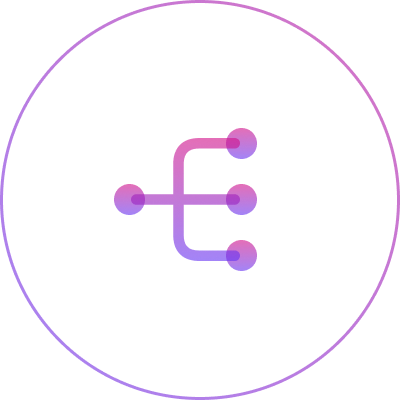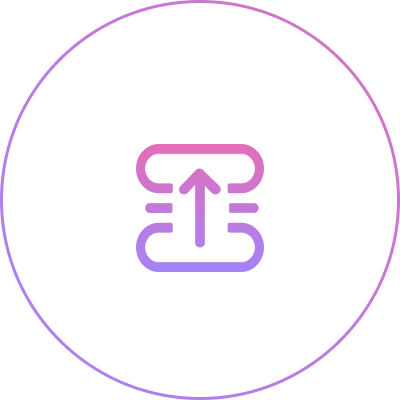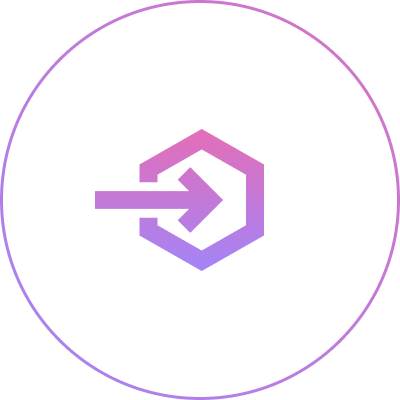We begin with a discovery phase to analyze your data sources, code systems in use, and interoperability goals.
To ensure semantic interoperability, reduce mapping errors, and future-proof your data infrastructure, it’s essential to:




We help you set up scalable and standards-compliant terminology infrastructure, including:
We help deploy and configure open-source or commercial FHIR Terminology Servers (like Ontoserver, Snowstorm, or Apelon DTS) tailored to your infrastructure and access needs.
We expose search, validate, and translate APIs for terminology services using HL7 FHIR standards—enabling seamless integration with your internal systems, apps, and analytics engines.
We help set up automated processes to ingest, validate, and update reference vocabularies (e.g. SNOMED CT releases, ICD-10-CM updates) with audit trails.
We configure and manage mapping tables across code systems—enabling conversion between local codes and standardized vocabularies.
We build admin portals for terminology stewards and data managers to curate mappings, apply changes, and track usage across systems.
Our implementations adhere to healthcare data standards like HL7 FHIR, LOINC, SNOMED CT, ICD, and RxNorm.
We also integrate with major EHR platforms and support multi-lingual, regional extensions when required.
Need to prep your data pipelines first?
We begin with a discovery phase to analyze your data sources, code systems in use, and interoperability goals.
We recommend architecture choices based on usage volume, latency requirements, and security/compliance needs.
We install, configure, and test your terminology server, and expose the right endpoints for clinical and analytics apps.
We develop admin consoles or dashboards to allow business and clinical teams to manage mappings and translations in real time.
See: Custom Applications for Providers
We help you set up automated pipelines to fetch new vocabulary versions and validate changes before rollout.
We tailor terminology solutions to meet your exact regulatory, technical, and organizational needs.
To ensure clean, interoperable data across multi-EHR environments by:
To unify and normalize coding across provider networks to:
To embed FHIR-compatible terminology services into your platform to:
Want to make your data AI-ready?
Terminology servers act as the foundation layer for clinical NLP, agentic AI workflows, cohort building, and longitudinal patient analytics.